(NLDO) - A building built in the 16th century BC has caused surprise when everywhere is purple pigment from a Mediterranean snail species.
According to Sci-News, the unique structure was found on the small island of Aegina located in the center of the Saronic Gulf of Greece, a dyeing workshop specializing in purple thread.
From the Neolithic period until the Byzantine period (c. 6th millennium BC to 10th century AD), the main settlement at Aegina was located on a small, well-protected promontory on the northwest coast, known as Cape Kolonna.
The settlement grew denser and more fortified from the second millennium BC, experiencing a period of economic prosperity and cultural golden age.
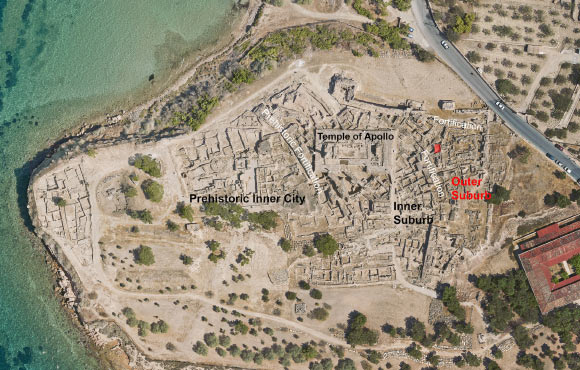
The newly discovered dyeing workshop is located in area K10 (marked in red) of the ancient settlement - Photo: PLOS ONE
The newly excavated purple dye factory is one of the structures of that golden age.
In a new paper in the journal PLoS ONE, Dr. Lydia Berger from Paris Lodron University in Salzburg, Austria, and colleagues describe the unique dyeing workshop in detail.
The identification of this building as a dye factory is based on several lines of evidence. First, the purple pigment is preserved on pottery fragments, possibly remnants of dye containers. The pigment is also found on grinding stones and waste pits.
Additionally, there are still some crushed shells of a Mediterranean sea snail called Hexaplex trunculus, which is what provides the purple pigment.
Excavations also uncovered numerous burnt bones of young mammals, mainly piglets and lambs.
Archaeologists do not yet know what significance these bones had for the dye factory's work, but the main hypothesis is that they were animal bones sacrificed as a spiritual offering to protect the production site.
This work provides valuable insights into the tools and processes of purple dye production of the Mycenaean civilization, also known as Mycenaean Greece, which was the final stage of the Bronze Age in Greece.
Additional excavations promise to reveal more information about the scale of dye production at the site, as well as details about the on-site process and its use in regional trade.
In addition, purple dyes were an important commodity in ancient trade in the Mediterranean region, and the island where this purple dye factory was located was located in a sea of bustling commercial activity.
Therefore, this dyeing factory can also provide an important historical slice of the area.
Source: https://nld.com.vn/kinh-ngac-cong-trinh-3600-nam-bao-phu-boi-mau-tim-196240614111802452.htm




![[Photo] National Assembly Chairman Tran Thanh Man attends the Policy Forum on Science, Technology, Innovation and Digital Transformation](https://vstatic.vietnam.vn/vietnam/resource/IMAGE/2025/4/13/c0aec4d2b3ee45adb4c2a769796be1fd)

![[Photo] Prime Minister Pham Minh Chinh chairs the Government's special meeting on law-making in April](https://vstatic.vietnam.vn/vietnam/resource/IMAGE/2025/4/13/8b2071d47adc4c22ac3a9534d12ddc17)



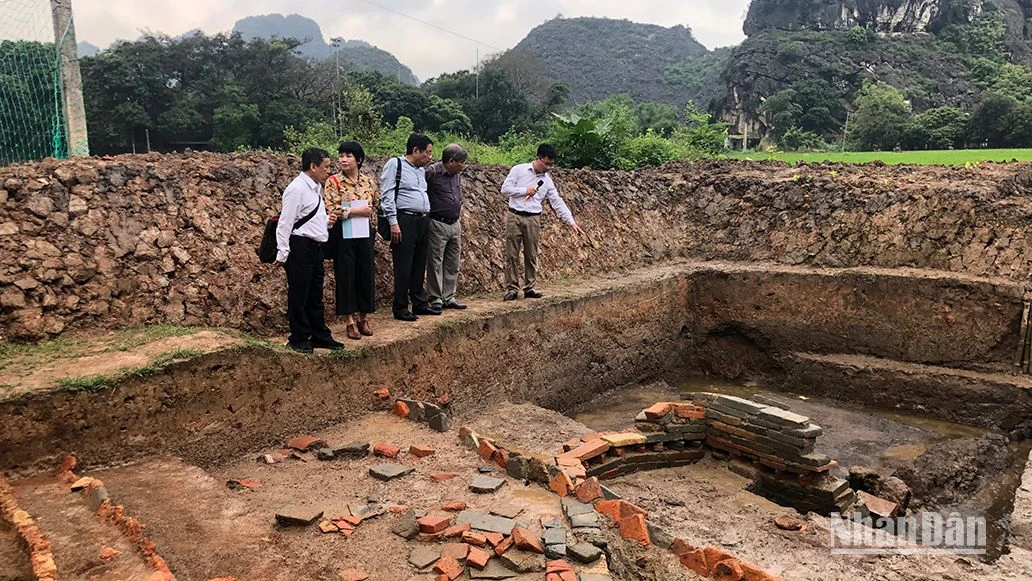

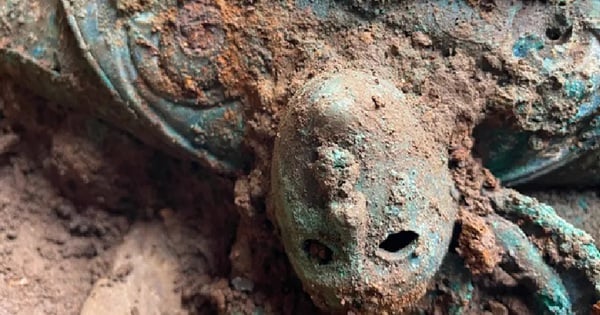
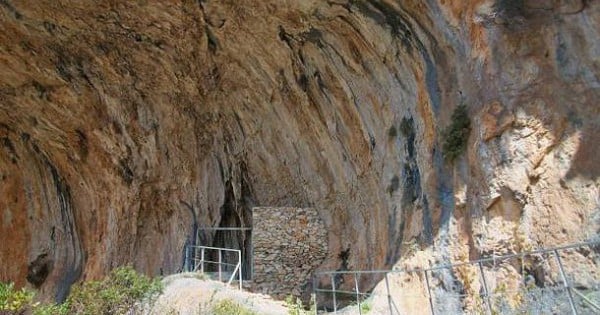
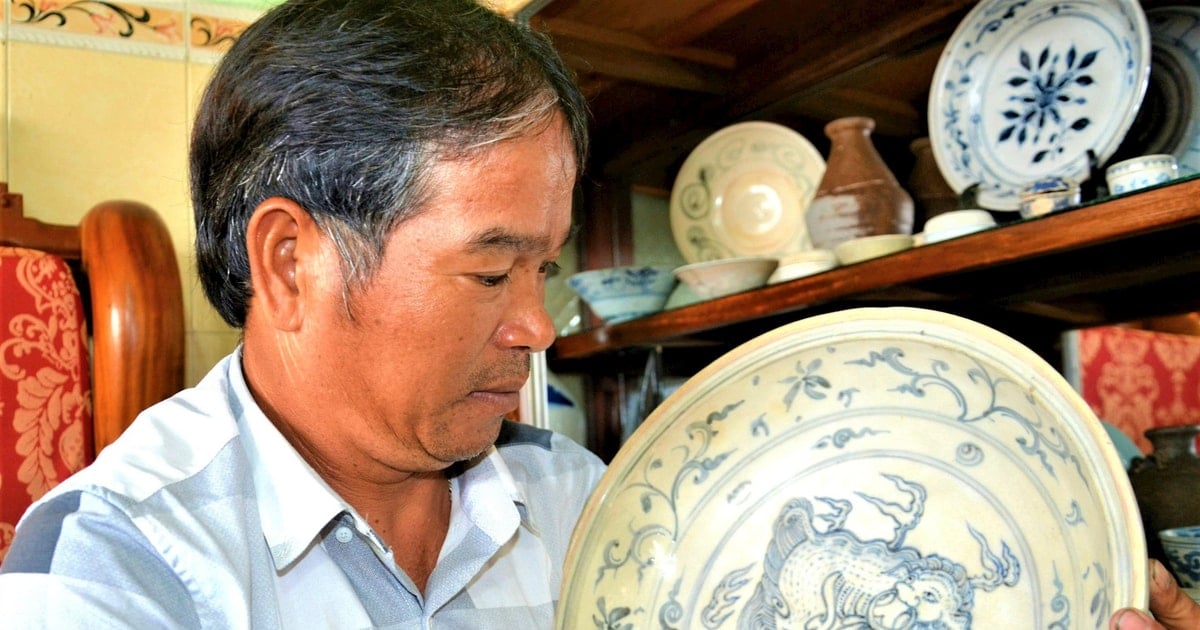




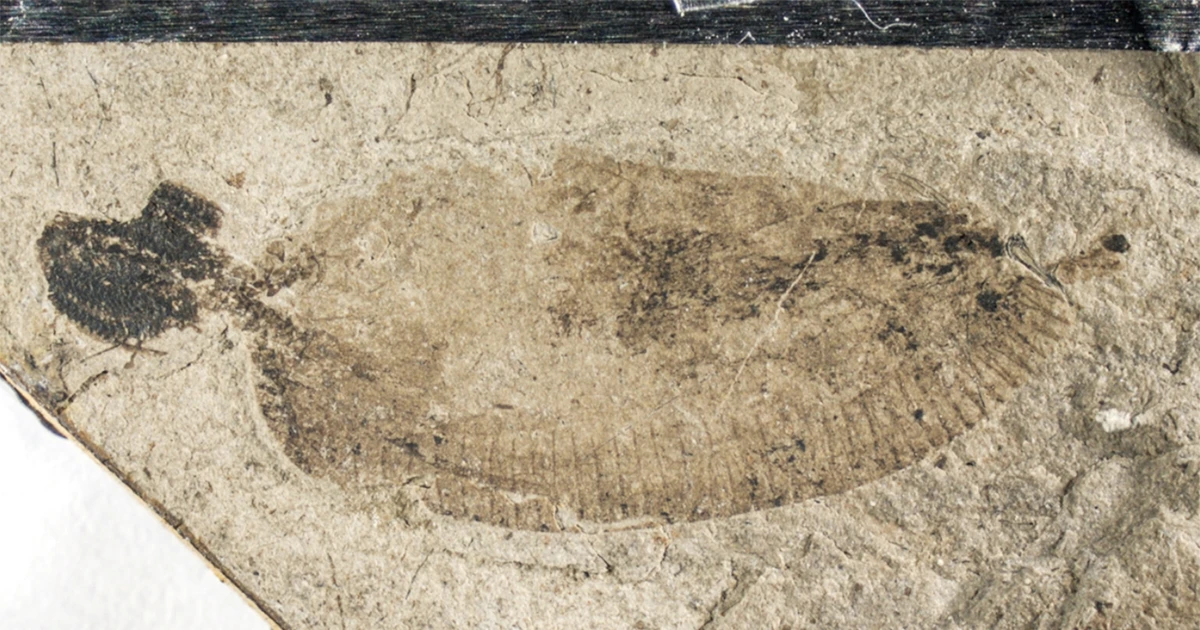
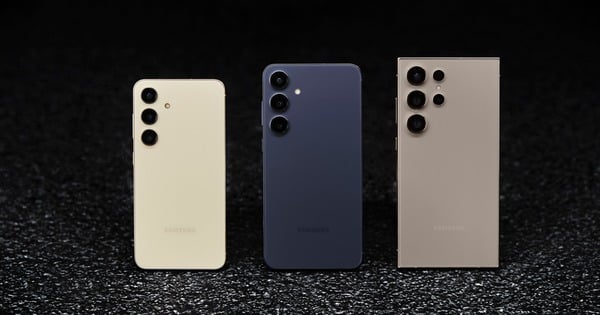


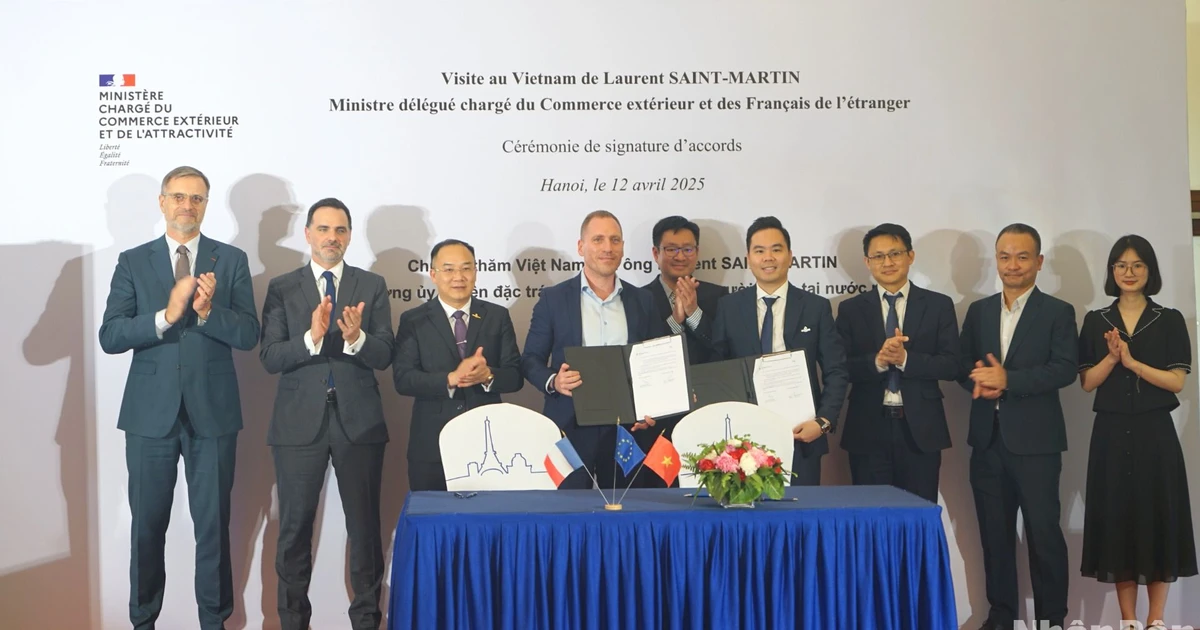







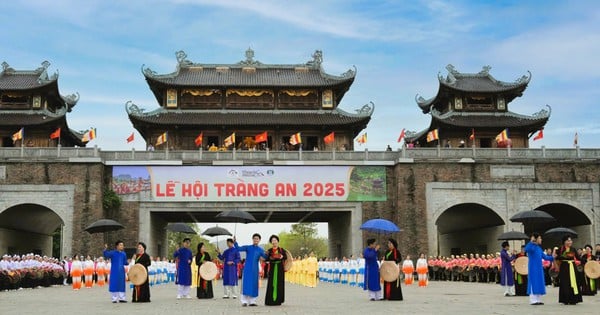















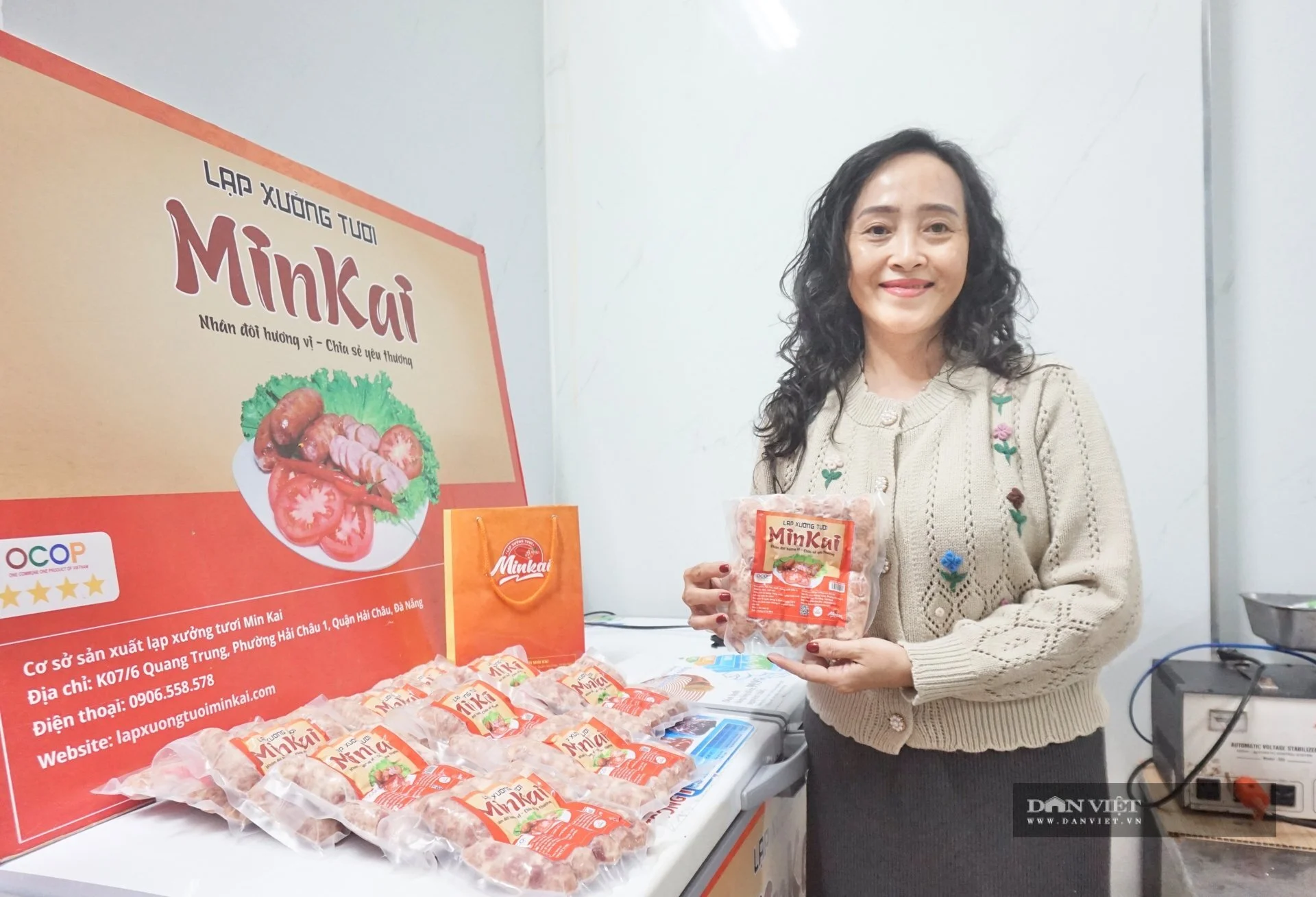





























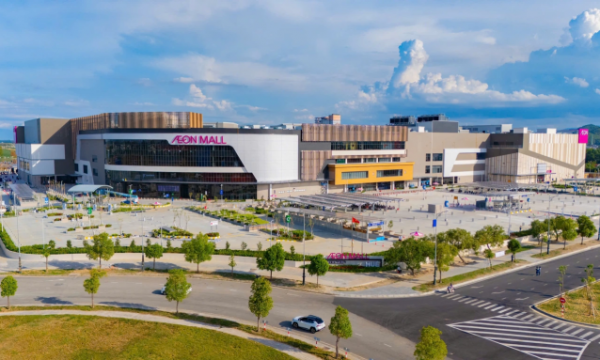





![[Podcast]. Kites and Childhood](https://vstatic.vietnam.vn/vietnam/resource/IMAGE/2025/4/13/a4697c2294a843f39084a21134c3feb0)












Comment (0)